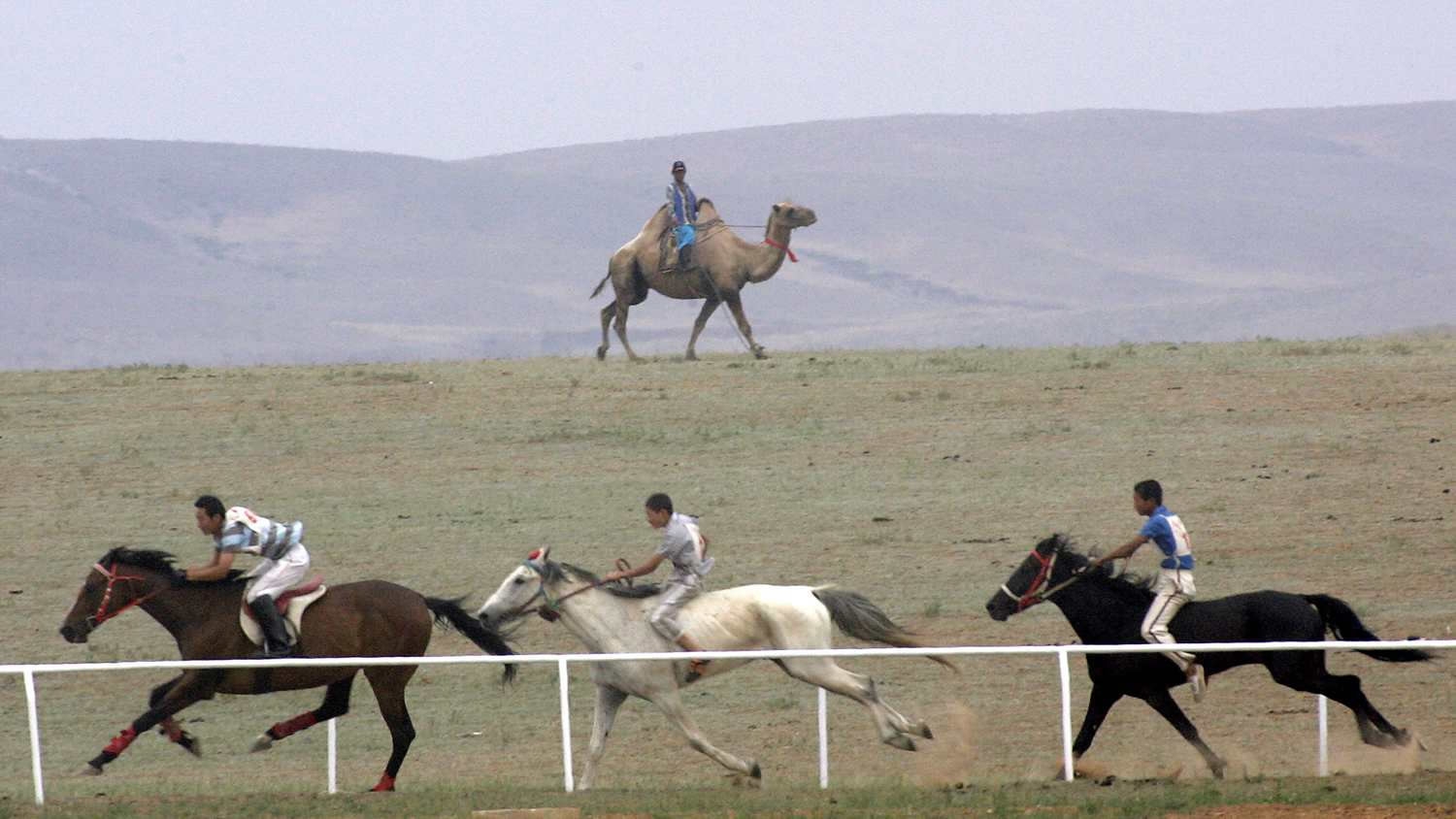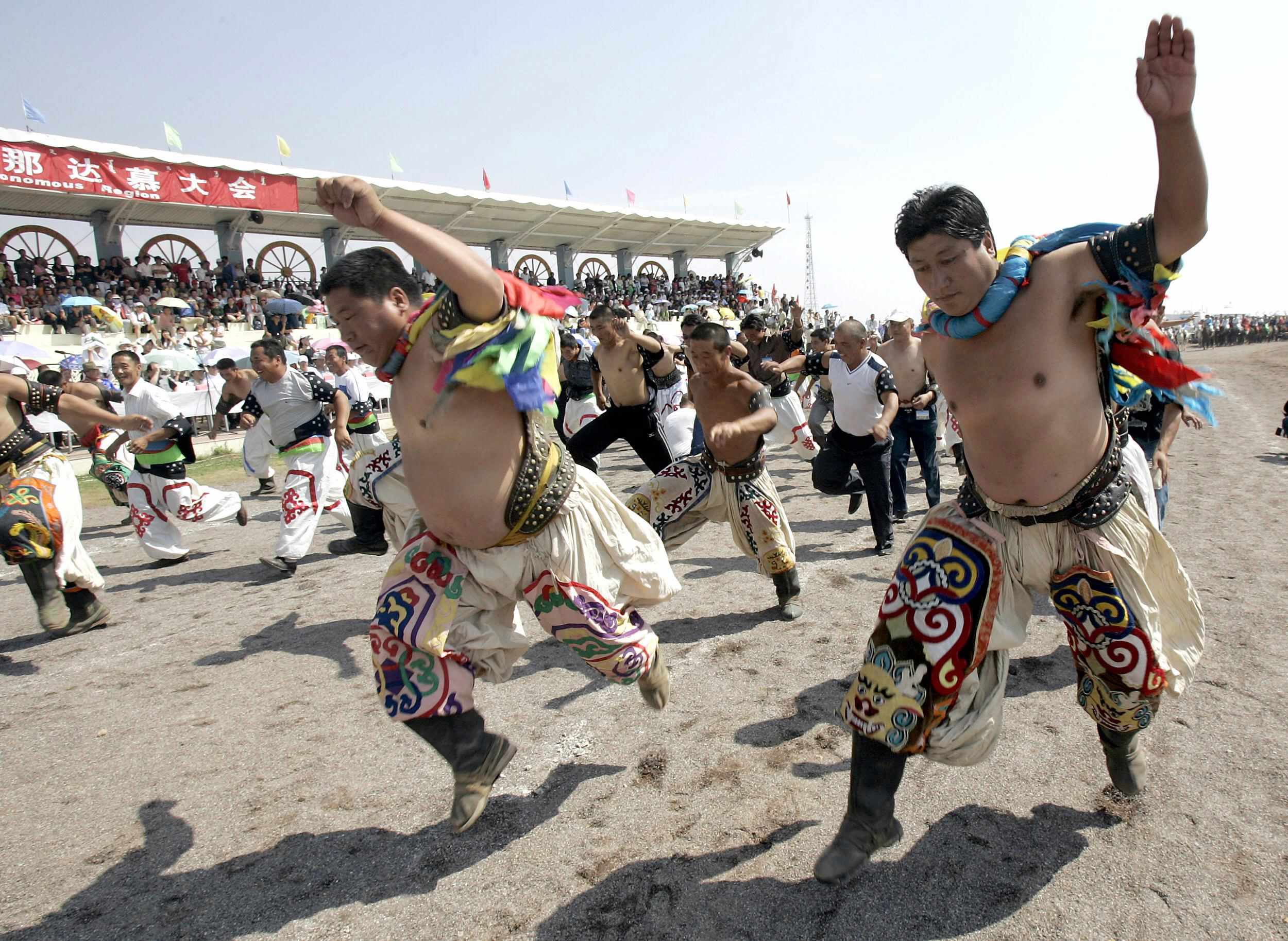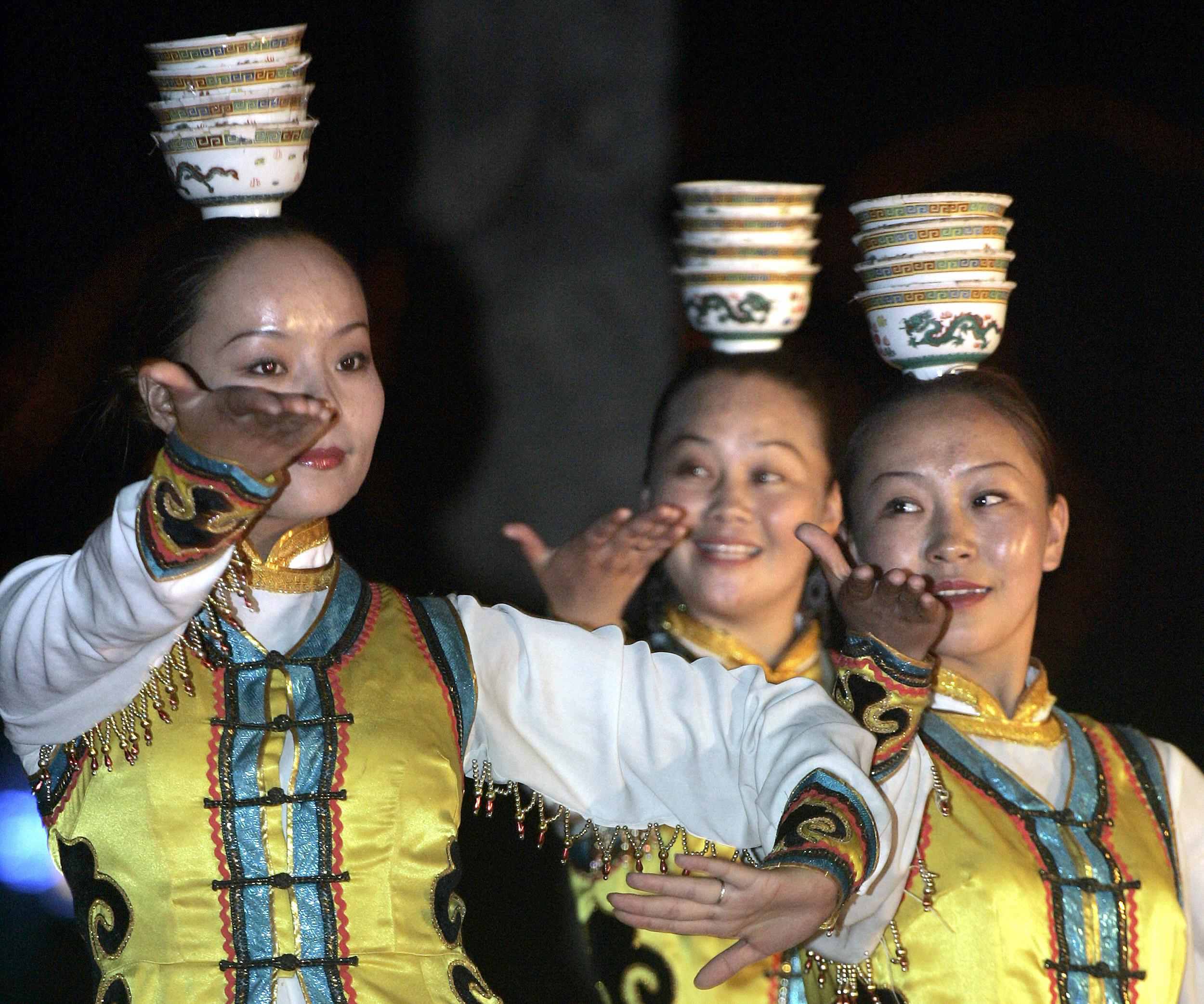
Politics
13:34, 05-Aug-2017
Opinion: Inner Mongolia as 'middle man' between China and northern neighbors

Guest commentary by B.Shurentana
The year 2017 marks the 70th anniversary of the establishment of Inner Mongolia Autonomous Region. Being a model autonomous region, Inner Mongolia not only has taken an active part in the nation-building process of China, but also has played important role in the northward regional cooperation during these seven decades.
Because of its geographical location and cultural heritage, Inner Mongolia has become the “window” in the cooperation between China and its northern neighbors, Mongolia and Russia.

Chinese Mongolian models parade the latest in traditional fashion, designed by a Mongolian designer, during the Naadam festival. /AFP Photo
Chinese Mongolian models parade the latest in traditional fashion, designed by a Mongolian designer, during the Naadam festival. /AFP Photo
The eastern part of Inner Mongolia connects Mongolia and Russia’s Siberian Far East region with the eastern and northeastern part of China. Central Inner Mongolia connects Mongolia to Beijing and Tianjin, while its western part links Mongolia to Hexi corridor.
Manzhouli city of Inner Mongolia, connecting Russia and China, is the largest land port of China. The only railway route connecting Beijing-Ulaanbaatar-Moscow passes through Ereen city of Inner Mongolia – the largest port linking China and Mongolia.
During the years 1990-1995, exports from Inner Mongolia to Mongolia took up more than 50% of the total exports from China to Mongolia, and decreased a bit since then. Yet, in 2016, Inner Mongolia’s total trade with Mongolia reached 18.6 billion yuan which accounted for 37.4% of the total trade value between China and Mongolia. The same year, Inner Mongolia’s total trade to Russia counted to 18.3 billion yuan.

Chinese Mongolian wrestlers show off their moves during a parade to mark the start of the Naadam festival. /AFP Photo
Chinese Mongolian wrestlers show off their moves during a parade to mark the start of the Naadam festival. /AFP Photo
In the field of cultural exchange and people-to-people communication, Inner Mongolia has played an irreplaceable role in the recovery of Sino-Mongolia relations in the late 1980s after more than two decades’ hostility as a result of the deterioration of Sino-Soviet relations. Mongols of Mongolia and Inner Mongolia also share many commonalities in terms of traditional lifestyle, customs, historical origin, language and emotional ties.
Mechanisms for cooperation and exchanges were also made between Mongolia and Inner Mongolia covering the fields of education, communication, media, art and sports.
It can be said that interactions between Inner Mongolians and Mongolians constitute the main part of the Sino-Mongolian cultural exchanges and people-to-people communication.

Chinese Mongolian dancers perform a traditional dance while balancing bowls on their heads during the Naadam festival. /AFP Photo
Chinese Mongolian dancers perform a traditional dance while balancing bowls on their heads during the Naadam festival. /AFP Photo
Inner Mongolia could be the best illustration of the multicultural characteristics of Chinese society. Mongolians and Russians would have a better understanding of China as well as its ethnic policies through interactions with Inner Mongolians. It’s worth emphasizing that, to some extent, Inner Mongolia plays the role of cultural “middle man” in the communications between China and its northern neighbors.
As the first multilateral cooperation plan to form part of the Belt and Road Initiative, China-Mongolia-Russia economic corridor will be strengthened.
With the support from the central government, Inner Mongolia's role should be fully explored in the promotion of China-Mongolia-Russia sub-regional cooperation.
(The author is an assistant researcher at the Center for Studies of Mongolia, Inner Mongolia University. The article reflects the author’s opinion, not necessarily the views of CGTN.)
Related stories:

SITEMAP
Copyright © 2018 CGTN. Beijing ICP prepared NO.16065310-3
Copyright © 2018 CGTN. Beijing ICP prepared NO.16065310-3